Waste Removal
Waste removal is the process of eliminating or disposing of waste materials from the body or from various environments. In living organisms, waste removal is essential for maintaining homeostasis and preventing the buildup of harmful substances. In the environment, proper waste removal is important for preventing pollution and maintaining ecological balance.
Types of Waste
Waste materials can be classified into different categories based on their origin and composition:
- Biological Waste: This includes waste materials generated by living organisms, such as feces, urine, and organic matter.
- Chemical Waste: Chemicals that are no longer needed or are in excess, including household chemicals, industrial byproducts, and hazardous materials.
- Solid Waste: Solid materials that are no longer useful and are discarded, such as plastics, paper, glass, and metal.
- Liquid Waste: Wastewater, sewage, and other liquid byproducts of human activities and industrial processes.
- Hazardous Waste: Waste materials that pose a threat to human health or the environment, such as radioactive waste, medical waste, and toxic chemicals.
Waste Removal in the Human Body
The human body has systems in place to remove waste materials and maintain internal balance:
- Excretory System: The kidneys, liver, and other organs work together to remove metabolic waste products, excess water, and harmful substances from the body.
- Respiratory System: Carbon dioxide, a waste product of cellular respiration, is removed from the body through the lungs during exhalation.
- Digestive System: Waste materials from food digestion are eliminated through the excretion of feces.
Environmental Waste Removal
Proper waste removal is crucial for maintaining a clean and healthy environment:
- Waste Disposal: Methods such as recycling, composting, and landfill disposal are used to manage and remove waste materials from the environment.
- Pollution Control: Preventing the release of harmful substances into the air, water, and soil is essential for reducing environmental pollution.
- Waste Management Practices: Implementing sustainable waste management practices, such as reducing, reusing, and recycling, can minimize the impact of waste on the environment.
Study Guide
To understand waste removal in detail, consider studying the following topics:
- The functions of the excretory system in waste removal from the human body.
- The environmental impact of improper waste removal and the importance of effective waste management practices.
- The classification of waste materials and their sources.
- The role of government regulations and policies in waste removal and environmental protection.
- The process of recycling and its significance in waste reduction and resource conservation.
By mastering these topics, you will gain a comprehensive understanding of waste removal and its significance in maintaining both human health and environmental sustainability.
.◂Science Worksheets and Study Guides Seventh Grade. Protists and Fungi

 Worksheet/Answer key
Worksheet/Answer key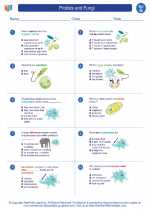
 Worksheet/Answer key
Worksheet/Answer key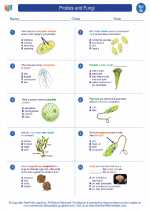
 Worksheet/Answer key
Worksheet/Answer key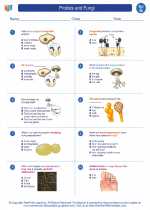
 Worksheet/Answer key
Worksheet/Answer key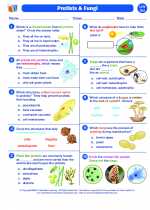
 Vocabulary/Answer key
Vocabulary/Answer key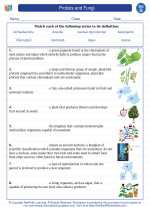
 Vocabulary/Answer key
Vocabulary/Answer key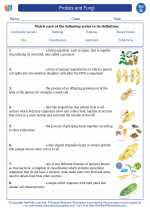
 Vocabulary/Answer key
Vocabulary/Answer key
 Vocabulary/Answer key
Vocabulary/Answer key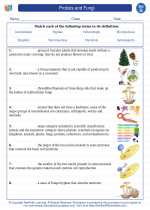
 Vocabulary/Answer key
Vocabulary/Answer key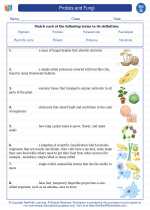
 Vocabulary/Answer key
Vocabulary/Answer key
